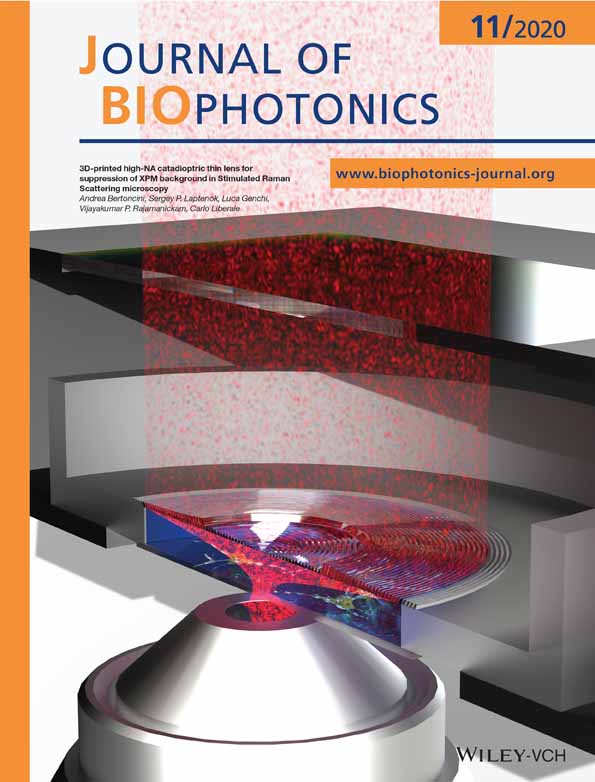Guided filter based image enhancement for focal error compensation in low cost automated histopathology microscopic system
Funding information: IFTAS-CDS Collaborative Laboratory of Data Science and Engineering; DST-ICPS, Grant/Award Number: T-851
Abstract
Low-cost automated histopathology microscopy systems usually suffer from optical imperfections, producing images that are slightly Out of Focus (OoF). In this work, a guided filter (GF) based image preprocessing is proposed for compensating focal errors and its efficacy is demonstrated on images of healthy and malaria infected red blood cells (h-RBCs and i-RBCs), and PAP smears. Since contrast enhancement has been widely used as an image preprocessing step for the analysis of histopathology images, a systematic comparison is made with six such prominently used methods, namely Contrast Limited Adaptive Histogram Equalization (CLAHE), RIQMC-based optimal histogram matching (ROHIM), modified L0, Morphological Varying(MV)-Bitonic filter, unsharp mask filter and joint bilateral filter. The images enhanced using GF approach lead to better segmentation accuracy (upto 50% improvement over native images) and visual quality compared to other approaches, without any change in the color tones. Thus, the proposed GF approach is a viable solution for rectifying the OoF microscopy images without the loss of the valuable diagnostic information presented by the color tone.
CONFLICT OF INTEREST
The authors declare that there are no conflicts of interest related to this article.
Open Research
DATA AVAILABILITY STATEMENT
The data that support the findings of this study are available from the corresponding author upon reasonable request.




